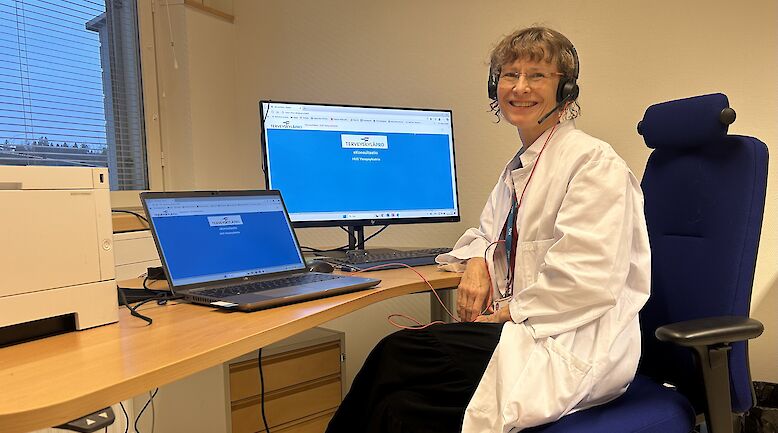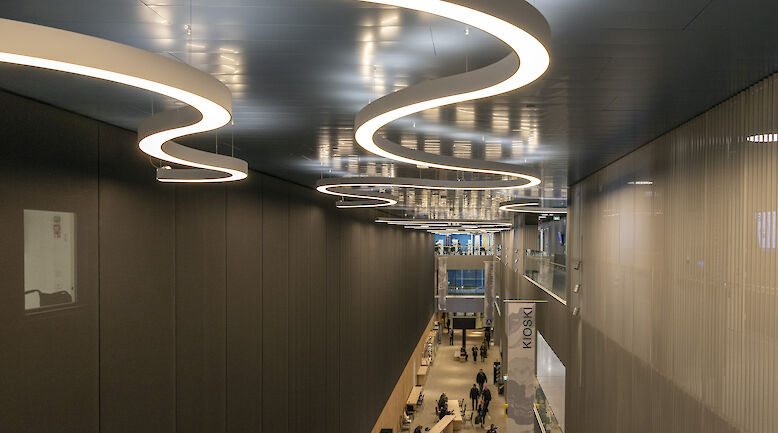English summary: CLINICAL FEATURES AND RESULTS OF SURGICAL THERAPY FOR COLORECTAL CANCER IN THE KANTA-HäME CENTRAL HOSPITAL DURING 1988-2001

BACKGROUND: Keeping up with modern therapeutic principles and achieving acceptable surgical results requires sufficient case load. Therefore, conducting cancer surgery in low-volume surgical units requires careful consideration. METHODS: 458 consecutive patients referred for surgery in 1988-2001 at the Kanta-Häme Central Hospital were analysed retrospectively. The data were collected from patient journals and from death attests obtained from the National Centre of Statistics. RESULTS: The number of patients with a localised disease (Dukes A + Dukes B) decreased from 49.2% to 45.0% during the study period. A curative procedure was performed on 68.0% of the patients in the first and on 73.4% in the second half of the study period. The immediate mortality rates were 4.5% and 1.7% in the two periods, respectively. The corrected 5-year survivals according to the Dukes classification were 92% (A), 69% (B), 41% (C) and 6% (D). In curative surgery for rectal cancer, the incidence of local recurrence decreased from 21% to 8.5% and that of permanent colostomy from 59% to 42% (p = 0.06). The mean age of patients remained unchanged (70 yrs). CONCLUSIONS: The immediate and long-term results of curative surgery for colorectal cancer can be maintained at an acceptable level and even improved in a low-volume surgical unit. The decreasing proportion of localised disease is a cause for concern and the low volume of surgery for rectal cancer may require reassessment of the principles of patient recruitment for this type of surgery.












